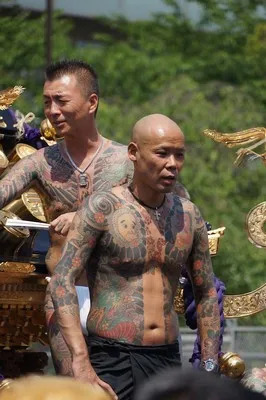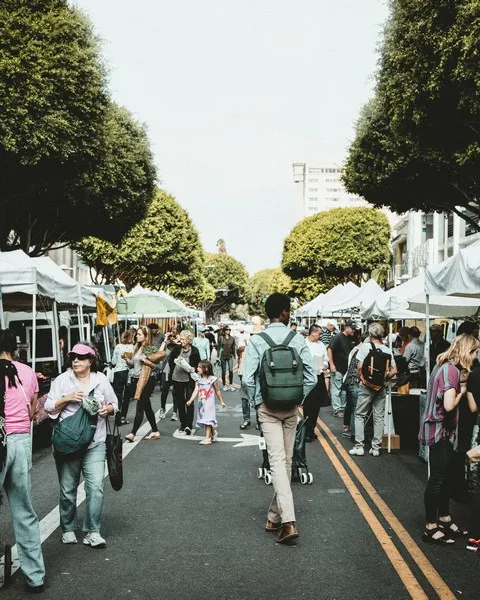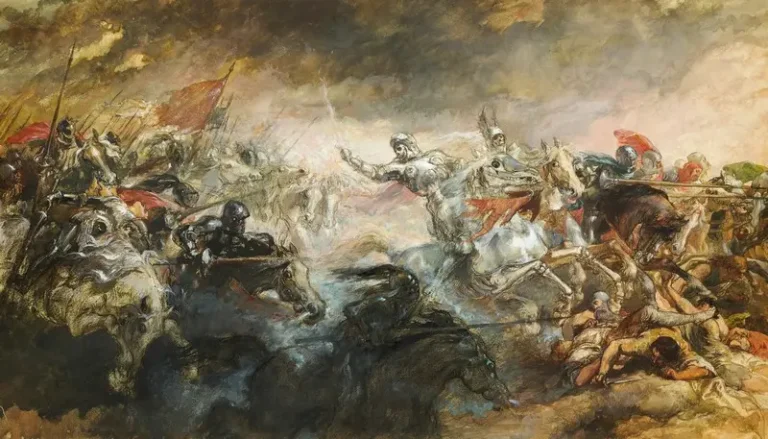Table of Contents
- Introduction: Tattoos as Social Markings
- Tattoos in Tribal Societies
- The Tribalization of Modern Tattoos
- Tattoos, Identity, and Symbolic Boundaries
- Tattoos and the Return of the Tribe
- Tattoos, Power, and Resistance
- Gender, Body Politics, and Tattoo Tribes
- The Global Circulation of Tattoo Tribes
- Tattoos as Narratives of the Self
- Conclusion: Tattoos as Tribal Continuities
Introduction: Tattoos as Social Markings
Tattoos are not merely decorative designs on the skin. They are deeply social practices, embedded in cultural histories, symbolic systems, and modes of belonging. From the Polynesian tatau to contemporary subcultural tattooing in urban centers, tattoos function as markers of identity, affiliation, and transformation. To understand tattoos sociologically is to situate them within the wider dynamics of tribes—both traditional and modern, literal and metaphorical.
This article examines tattoos in relation to the concept of the tribe. The tribe here does not refer exclusively to pre-modern kinship groups, but also to symbolic communities, subcultures, and affective collectives in modernity. Tattoos, in this sense, bridge the past and present, the ancestral and the contemporary, linking skin to society. By doing so, they illuminate how individuals both resist and embrace collective belonging, simultaneously asserting individuality while participating in wider social fabrics.
Tattoos in Tribal Societies
In many indigenous contexts, tattoos have historically served as collective identifiers and rites of passage. They signify group belonging, embody cosmological beliefs, and often encode social hierarchies.
Functions of Tattoos in Tribal Contexts
- Ritual and Rite of Passage: Tattoos often mark transitions such as puberty, marriage, or warrior initiation. The pain of tattooing itself serves as a transformative threshold, turning biological maturity into social adulthood.
- Cosmological Significance: Designs may invoke ancestral spirits, gods, or protective symbols, making the skin a surface of sacred inscription.
- Status and Differentiation: In some societies, the complexity of tattooing indicates rank, achievement, or bravery. Tattooing becomes a visible archive of honor.
For example, Polynesian tatau carried immense cultural weight as both bodily adornment and sacred practice. In such contexts, tattooing was not optional—it was a social necessity that inscribed the body into the collective narrative of the tribe. Failure to be tattooed could mean exclusion from ritual life or diminished status within the group. Tattoos therefore acted as both art and obligation.
Tattoos as Social Memory in Tribal Societies
Tattoos in indigenous societies often served as repositories of history. They recorded battles, migrations, mythologies, and kinship ties. Unlike written scripts, they were embodied texts carried into everyday life, allowing memory to be lived rather than archived. This dimension reveals how tattooing is not only aesthetic but epistemological: a way of knowing and transmitting social truths.
The Tribalization of Modern Tattoos
In contemporary societies, tattoos are frequently framed as personal choices, markers of individuality. Yet, when viewed sociologically, modern tattooing often reflects processes of tribalization: the creation of symbolic communities around shared practices, aesthetics, and meanings.
Tattoos as Symbols of Belonging
Modern tattoos often cluster around communities of meaning. For example:
- Subcultural Affiliation: Punk, biker, or hip-hop communities frequently use tattoos as signs of allegiance. These tattoos work as visual shorthand, instantly recognizable to insiders.
- Professional Tribes: Certain occupations, such as the military, firefighting, or maritime work, cultivate tattoo traditions that bond members together across generations.
- Lifestyle Tribes: Yoga practitioners, extreme sports enthusiasts, or fans of particular music genres often adopt shared tattoo motifs, linking their bodily practices to visible symbols.
In these ways, tattoos operate less as isolated personal statements and more as signifiers of belonging within elective tribes of modernity. Just as in indigenous societies, they embody narratives larger than the self, except that these narratives are chosen rather than inherited.
Tattoo Parlors as Tribal Spaces
Tattoo studios themselves function as modern tribal spaces. They are places where narratives are exchanged, aesthetic traditions are passed down, and social rituals are enacted. The shared experience of being tattooed binds client and artist into a micro-community, even if temporary, reinforcing the collective dimension of tattoo culture.
Tattoos, Identity, and Symbolic Boundaries
One of the central sociological functions of tattoos lies in boundary-making. They demarcate who is inside and who is outside, who belongs and who does not.
The Skin as a Social Frontier
The skin becomes the canvas where social categories are made visible. Tattoos extend this process, making the body a literal site of inscription.
- Inclusion: Tattoos draw individuals into collective identities, affirming bonds within symbolic tribes.
- Exclusion: Tattoos may stigmatize, leading to social marginalization, as historically seen with tattooed criminals or outsiders.
- Ambiguity: Tattoos can simultaneously signal belonging to multiple overlapping tribes, generating complex identities that transcend singular affiliation.
For instance, a tattoo may mark both military service and affiliation with a particular music scene, creating intersecting identities that resist neat categorization. This capacity for multi-layered belonging reflects the fluid and fragmented nature of identity in late modernity.
Tattoos and Stigma
Historically, tattoos have been linked to deviance in Western societies. From the nineteenth century onwards, criminologists identified tattoos as signs of degeneracy. Even as tattoos have become mainstream, traces of this stigma persist, shaping the boundaries between the socially acceptable and the marginal. These lingering associations make tattoos powerful tools for negotiating symbolic inclusion and exclusion.
Tattoos and the Return of the Tribe
Get the full article AD FREE. Join now for full access to all premium articles.
View Plans & Subscribe Already a member? Log in.





